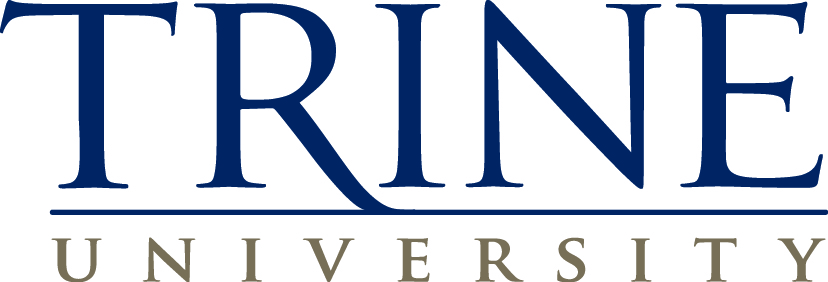For More Information

Supported by a desire to give students the most up-to-date academic experience and a generous grant from Lilly Endowment Inc., Trine University boasts Thunderous technology that allows students to create and fabricate anything they can imagine.
The Don Wood Foundation Makerspace Innovation Learning Lab (MILL), opened as part of Trine University’s new Steel Dynamics Inc. Center for Engineering and Computing in August 2022, boasts state-of-the-art equipment to assist students in bringing ideas to life. The MILL features multiple 3D printers and scanners, a laser cutter, a desk top CNC mill, a hot press for heat transfer, vinyl cutter, embroidery and sewing machines, and stations for vacuum forming and painting.
Students also have access to equipment and software for video editing, computer-aided design, virtual reality, robotics and application development. The SDI Center also includes a separate extended reality laboratory with multiple stations and equipment for students to work with virtual and augmented reality applications.
Biomedical engineering majors also have the opportunity to work with a 3D tissue printer and projects involving organ- and vasculature-on-a-chip systems in the SDI Center’s Tissue Engineering and Bioseparations labs.
Student innovation
Adjacent to the SDI Center, the Bock Center for Innovation offers the opportunity to work with and program industrial robots representing multiple platforms and capabilities. The equipment not only allows Trine University students in the mechatronics and robotics major to earn industry certifications that complement their degree, it forms the backbone of the Trine Center for Technical Training, a partnership between Trine University and area schools and businesses to provide critically needed workforce training to high school students and members of the community.
Innovation One, also headquartered in the Bock Center, partners teams of Trine student engineers with businesses to provide solutions to real-world problems, bringing to bear the latest technology as well as the knowledge and expertise students have gained over their years at Trine. Over the course of a project, students may have the opportunity to perform electronic or other prototyping, work with NX or Solidworks, conduct finite element analysis, or perform material, tensile, torsional or impact testing.
Lab equipment includes an electron microscope and capabilities for injection molding, blow molding and CNC. Students also can work with cast metals and plasma cutting.
In the classroom
Trine’s commitment to cutting-edge technology extends into its academic programs. In addition to existing academic concentrations in cybersecurity, web development, and game design and virtual reality, the university launched its Bachelor of Science in extended reality (XR) degree program in fall 2022, one of the first in the nation to prepare students to apply the technology across multiple disciplines.
Encompassing augmented, virtual and mixed reality, XR is defined as interaction between humans and computer-generated graphics, either in reality or in a virtual environment. Though often associated with gaming, XR technology use is also increasing in areas such as product design, training and medical diagnosis.
Trine’s program is offered in person to students on Trine’s Angola campus as well as fully online through TrineOnline. The curriculum emphasizes skills such as 3D modeling, testing, immersive interactive media creation, critical analysis, optimized software engineering, artificial intelligence, problem-solving and clearly conveying ideas across disciplines in a collaborative environment.
Students develop XR applications using Unity, the world’s leading platform for creating and operating real-time 3D content. They also learn to analyze the advantages of AR and VR technologies and apply them to real-world problems.
Bringing virtual design to reality
Students have already developed new and exciting applications for these platforms. Last year, the university’s Basic Utility Vehicle (BUV) team designed their vehicle using a virtual reality environment to determine proper placement of the pedals, seat and steering wheel.
The national Basic Utility Vehicle (BUV) competition tasks college teams with designing a simple, low-cost vehicle that could be used in a developing African country to perform daily tasks over rough terrain. Trine has been part of the event for more than a decade.
Trine’s team was able to view their CAD/SolidWorks drawing in virtual reality and then manipulate it or add to it, with the changes reflected back into their drawings. The team set up a mock seat for the BUV inside the VR lab and then measured the distance to elements like the pedals and the roll cage bar. By working in the virtual environment, the group was able to determine the vehicle’s pedals were too close to its seat.
The team also used Gravity Sketch, a 3D design application, to draw hydraulic lines and ensure there was enough room for them.
Trine’s BUV team placed first in the national competition in April 2022.
